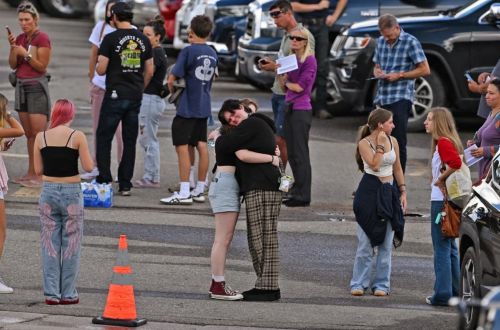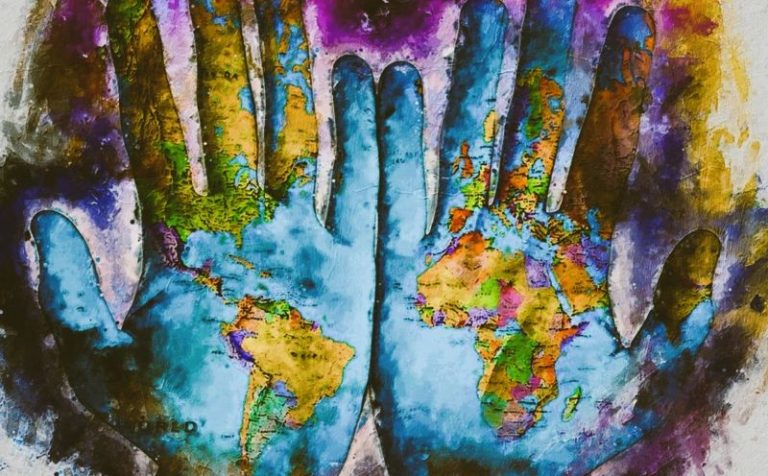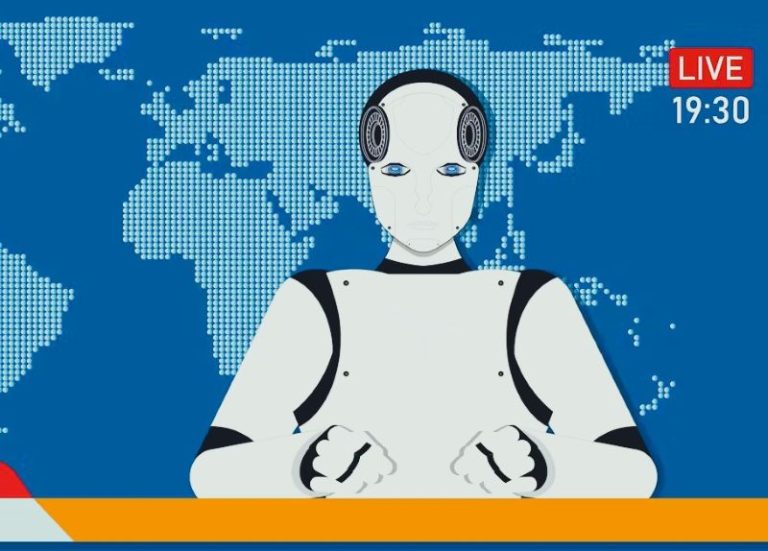

The Evergreen High School shooting is more than a tragedy. It is a reminder that ideas have consequences, and that words, repeated and reinforced, can transform into actions.

By Matthew A. McIntosh
Public Historian
Brewminate
Introduction
The shooting at Evergreen High School in Colorado has already been catalogued in headlines as another tragedy in a long list of American school attacks. But in the days since the incident, the emerging picture of the shooter has shifted the story into a deeper register.
What looked at first like another outburst of adolescent rage is now seen as a case of radicalization, a teenager absorbed into the currents of white supremacist ideology online and in fringe communities. This recognition matters. It forces us to see the attack not as an isolated act of madness but as the consequence of a culture where certain ideas are given oxygen, platform, and a sense of destiny.
The Shooting and Its Immediate Aftermath
On September 11, gunfire shattered the quiet of Evergreen, a town that has long prided itself on safety and distance from urban anxieties. According to Axios, the attack left multiple students injured and one dead, with police moving quickly to neutralize the suspect. Sirens, lockdown drills, and frantic phone calls turned what had been a normal school day into a scene that will not fade from memory.
In the hours that followed, the questions were familiar. Why did this happen here? How did a student gain access to weapons? And, perhaps most haunting, what signals were overlooked? Yet those questions were soon complicated by another, less routine revelation: the shooter’s motive was not merely personal despair but ideological conviction.
A Digital Descent
The Colorado Sun reported that the suspect’s online accounts were steeped in extremist material. Investigators uncovered reposted manifestos, threads praising notorious mass shooters, and memes built on racist caricature. This was not idle scrolling. It was apprenticeship.
More disturbing still was the shooter’s engagement with communities that thrive in the blurred space between satire and incitement. Irony provided plausible deniability for outsiders, but within those circles the message was clear: violence could be both justified and glorious. He learned to speak the language of these groups, and in doing so, began to imagine himself as their avatar.
The Anti-Defamation League observed that his activity mirrored the pathways of others radicalized online, a fascination with mass shootings, repetition of white supremacist tropes, and the gradual transformation of virtual posturing into real-world intent. The descent was not sudden. It was a slow indoctrination carried out one click at a time.
The Cultural Script of White Supremacy
White supremacist rhetoric has always offered more than hatred. It promises mission. For alienated individuals, it constructs a story in which they are warriors defending a besieged community. The Evergreen shooter appears to have internalized precisely this script, posting content that framed him not as an aggressor but as a defender of identity and tradition.
The tragedy is compounded by the fact that these ideas are no longer confined to the shadows. “Replacement theory” and coded racial dog whistles echo far beyond fringe message boards. They circulate in political speech, talk radio, and primetime television, sometimes stripped of overt violence but retaining the same underlying logic. To see a teenager in Evergreen echoing these narratives is to see how porous the line has become between extremist propaganda and mainstream discourse.
The Broader Pattern
The Evergreen attack is not anomalous. Data collected by the FBI and other watchdog organizations shows that white supremacist ideology has driven a significant share of domestic extremist violence in recent years. MSNBC highlighted this trend in its coverage, noting the overlap between the shooter’s language and the rhetoric of earlier attackers who also saw themselves as part of a continuing struggle.
Each act, once committed, feeds into the next. Online communities treat these shooters as both martyrs and mentors. Their names become hashtags, their images turned into digital saints of a violent cause. Evergreen now risks being folded into that grim archive, another incident that extremists will point to, not with grief, but with reverence.
Communities in Shock, and a Nation in Question
In Evergreen itself, grief is personal. Parents gather in vigils, students walk the halls of a school that no longer feels safe, and teachers struggle to comfort while holding their own fear. The town’s sense of insulation from the world’s cruelties has been broken, perhaps permanently.
Yet the larger reckoning cannot be avoided. If radicalization can flourish here, in a community often described as close-knit and peaceful, then there is no geography immune to the reach of white supremacist ideology. The questions Evergreen residents are asking, how could this happen, and why here, are questions that now belong to the country as a whole.
Conclusion
The Evergreen High School shooting is more than a tragedy. It is a reminder that ideas have consequences, and that words, repeated and reinforced, can transform into actions. A teenager did not simply “snap.” He was guided, tutored, and encouraged by a culture that dressed violence in the language of duty. This moment demands honesty. The rhetoric of white supremacy is not a fringe distraction. It is a growing current in American life, one that seeps into politics and media while finding new adherents online. Evergreen shows us what happens when that current is left unchecked. The cost is not abstract. It is written in the names of the students whose lives were cut short, and in the fear of those who survived.
Originally published by Brewminate, 09.15.2025, under the terms of a Creative Commons Attribution-NonCommercial-NoDerivatives 4.0 International license.


